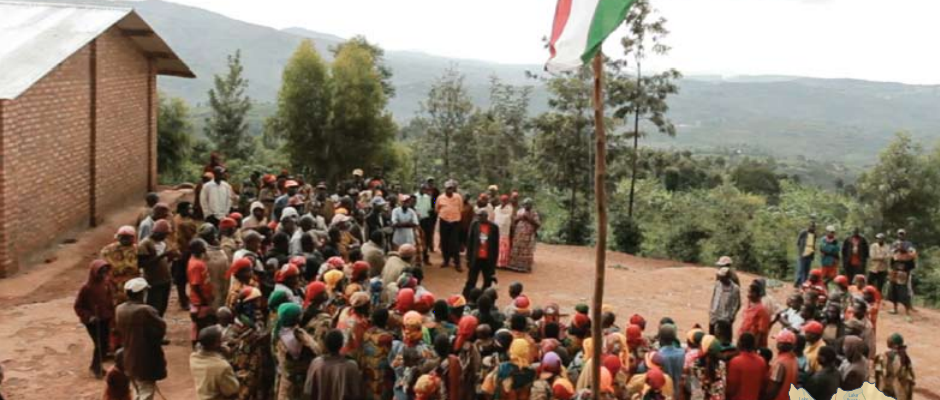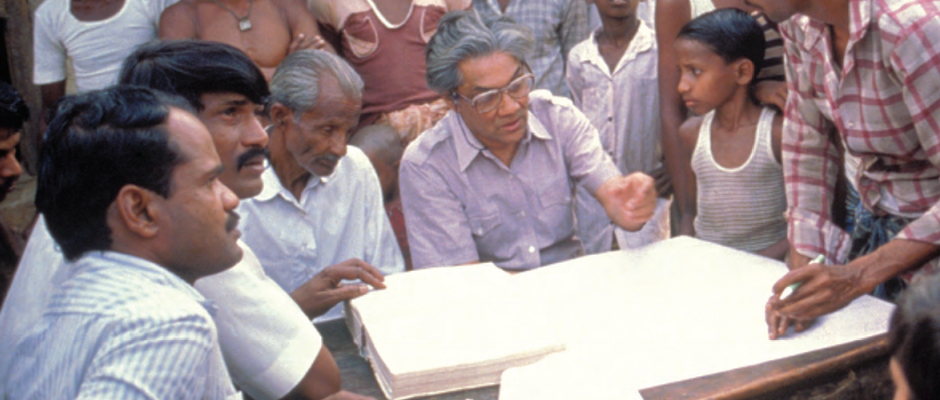
Place matters for productivity and prosperity. More and more people are choosing to live in cities. They offer better opportunities, better services, and sanctuary from conflict and the effects of climate change influences. Yet large numbers of people are unable for various reasons to move to cities—skills mismatches, reluctance to sell land at a loss, and sometimes because of explicit policy restrictions that limit people’s movement within countries. These choices have major implications for a person’s standard of living, particularly in developing countries. Living standards of people within developing economies vary greatly—to a much greater degree than in high-income economies. Such gaps largely reflect differences in productivity—the central driver of living standards across the world.
History suggests that prosperous places tend to persist, while “left-behind” regions—or those hurt by climatic, technological, or commercial shocks—struggle to catch up. This division gives rise to demands to “do something” about the subsequent spatial inequality. Such pressures often result in costly spatially targeted policies with disappointing outcomes because of a lack of analysis of the underlying barriers to growth and structural transformation and a fair appraisal of the possibility of overcoming them.
The latest volume in the World Bank Productivity Project series, Place, Productivity, and Prosperity: Revisiting Spatially Targeted Policies for Regional Development makes three broad contributions. First, it provides new analytical and empirical insights into the three drivers of economic geography – agglomeration economies, migration, and distance – and the way in which these drivers interact. Second, it argues that these forces are playing out differently in developing countries than they have in advanced economies: urbanization is not accompanied by structural transformation, leaving cities crowded and accruing all the negative aspects of urbanization without being concentrated productively. Long-term amelioration of poverty in lagging regions requires advancing the overall national agenda of structural change and productivity growth. Third, it provides a heuristic framework with which to inform policy makers’ assessments of place-based policy proposals, helping them identify the regions where policy is likely to have an impact and those that would remain nonviable.
The framework presented in this book offers an important new roadmap and encourages policymakers to clarify the implications of various policy options; to think critically about design priorities, including necessary complementary policies; and to navigate the implementation challenges.
Read the full volume on the World Bank website: Arti Grover, Somik Lall and William Maloney. 2022. Place, Productivity, and Prosperity : Revisiting Spatially Targeted Policies for Regional Development. Washington, DC: World Bank.



